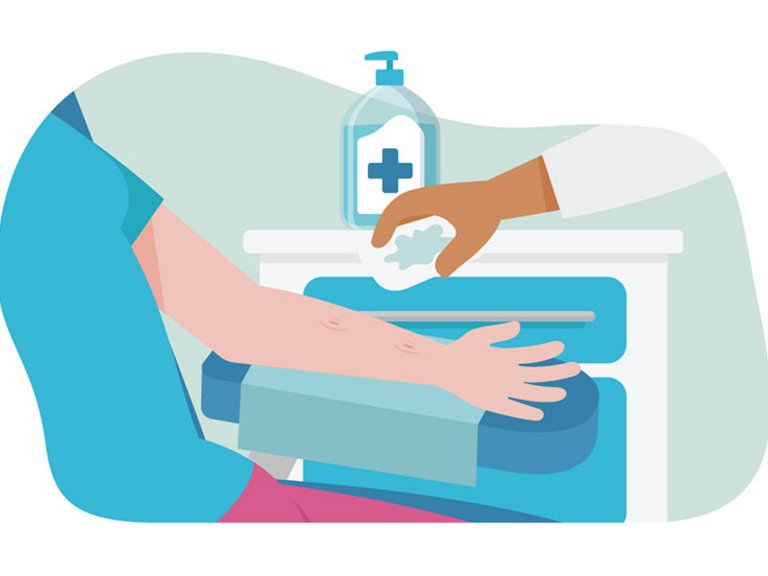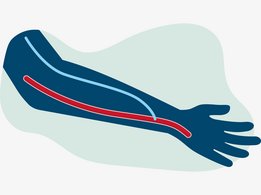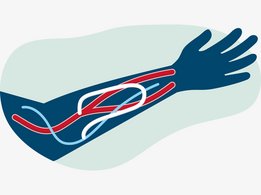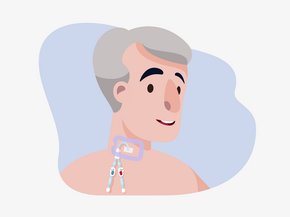The most common permanent access for a patient undergoing chronic haemodialysis is a native arterial-venous fistula (AVF).
A fistula is formed under the skin by joining a vein to an artery. This increases the amount of blood that flows through the vein and makes the vein grow stronger, making repeated needle insertions for dialysis treatment easier.
The process of the fistula becoming strong and large enough for needle insertion is called maturing. In general, this takes four to six weeks.





